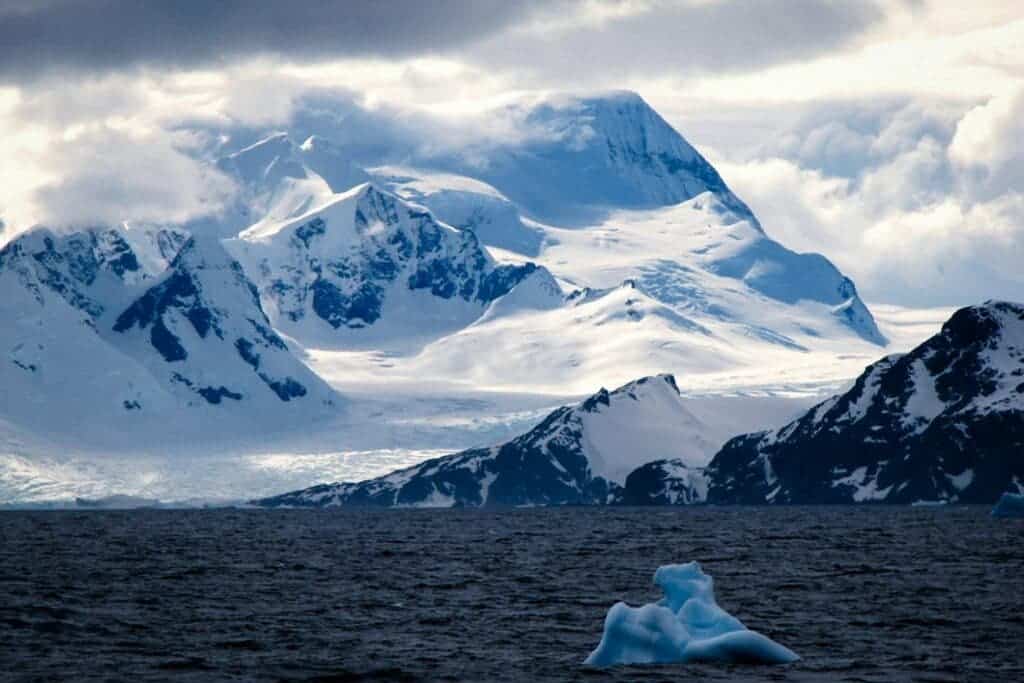The Dome A, the highest ice dome on the Antarctic Plateau, is the best place on the planet to study the stars, providing the clearest views of the sky at night, according to new research, which will probably trigger the interest of astronomers ready to cope with the Antarctic cold weather.

Ice domes are the uppermost portions of ice sheets and rise high above the frozen terrain. The Dome A is considered one of the coldest places on Earth, with temperatures that can be as low as -90ºC (-130 Fahrenheit). That’s actually similar to the nighttime weather found on Mars.
That means that while it may be a great place for astronomers, its remote location and extreme conditions present significant challenges. Scientists that want to visit the Dome A would have to travel 1,200 kilometers (740 miles) into the interior of the Antarctic continent — and that’s after traveling to Antarctica itself.
“The combination of high altitude, low temperature, long periods of continuous darkness, and an exceptionally stable atmosphere, makes Dome A a very attractive location for optical and infrared astronomy. A telescope located there would have sharper images and could detect fainter objects,” said Paul Hickson, co-author of the study, in a press release.
For astronomers, light pollution isn’t just the only problem when looking at the night sky. Atmospheric turbulence can also affect clear views into space. That’s when the telescopes located at mid and high elevations become very useful, taking advantage of the weaker turbulence found at those locations.
Astronomers calculate the quality of the night sky view using a metric called the seeing number, which they measure in arcseconds. The lower the number, the lower the turbulence and the better the view they can get from the stars and the galaxies. In the elevated telescopes in Chile and Hawaii, the seeing number is 0.6 to 0.8 arcseconds.
At Dome C, which is another dome on the Antarctic Plateau, the number is between 0.23 and 0.36 arcseconds. This means that the continent is an ideal place to watch the night sky. The level of turbulence there is lower as the boundary layer, the lowest part of the Earth’s atmosphere.
Working with researchers from China, Canada, and Australia, Hickson showed in his study that the Dome A is actually better than the Dome C. They took nighttime measurements at that location, something that hadn’t been done before, and found out that the median seeing number was 0.31 arcseconds.
The researchers compared the two Antarctic sites and found that the measurements from Dome A at eight meters (26 feet) were much better than the ones taken at the same height at Dome C. The measurements from Dome A at this height were equivalent to the ones made at 20 meters (66 feet) at Dome C.
Dome A “is a natural laboratory for studies of the formation and dissipation of turbulence within the boundary layer,” wrote the authors in their paper. “Future measurements of weather, seeing and the low-altitude turbulence profile could contribute to a better understanding of the Antarctic atmosphere.”
The study was published in the journal Nature.


